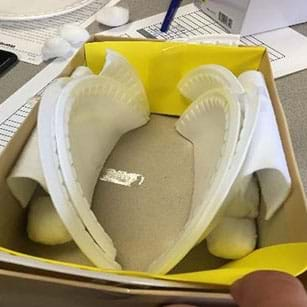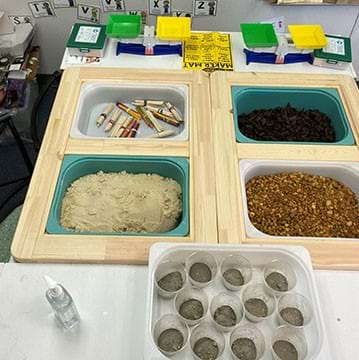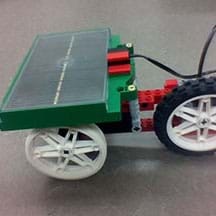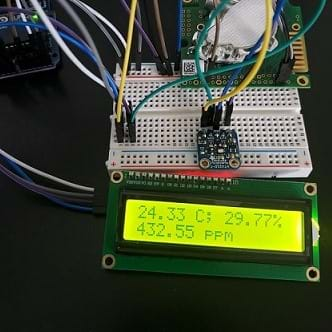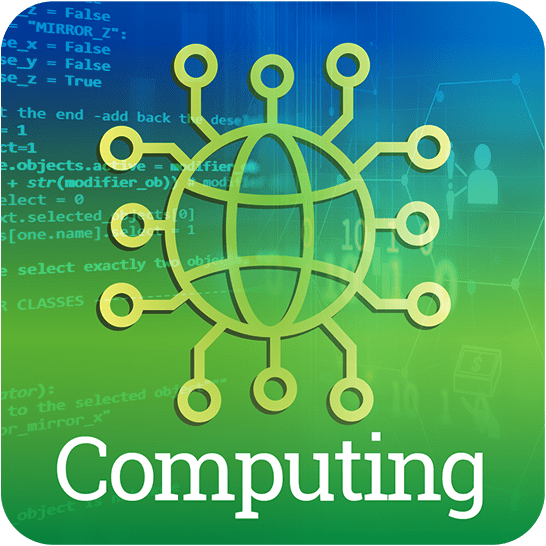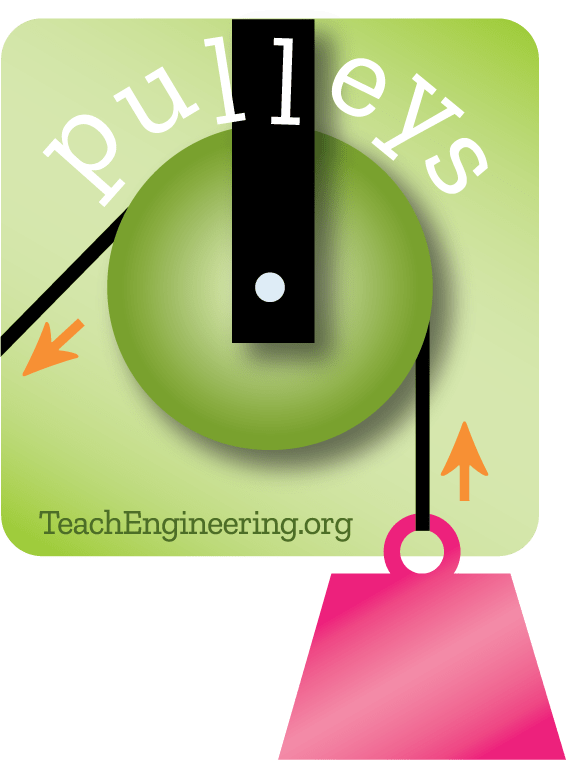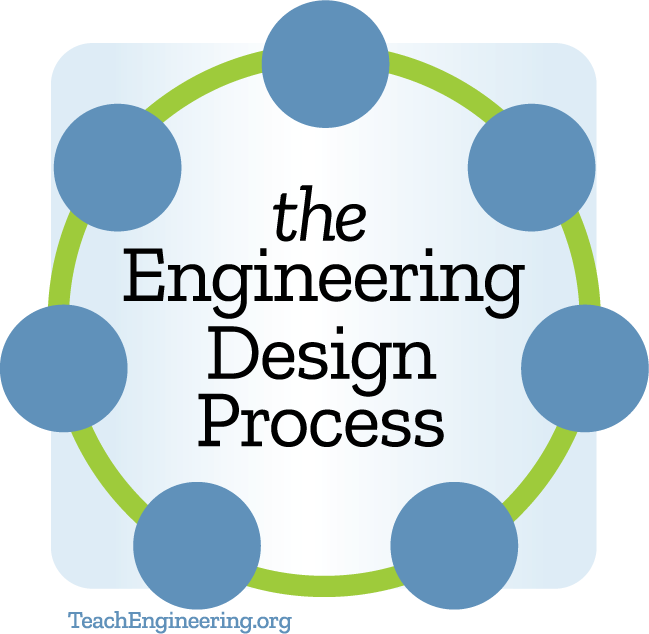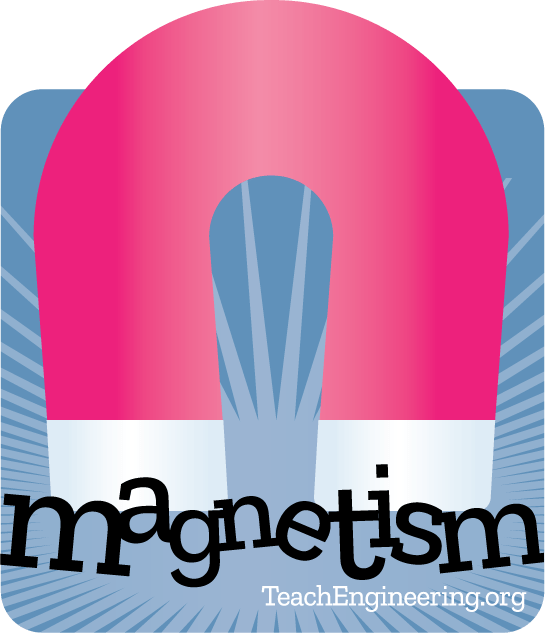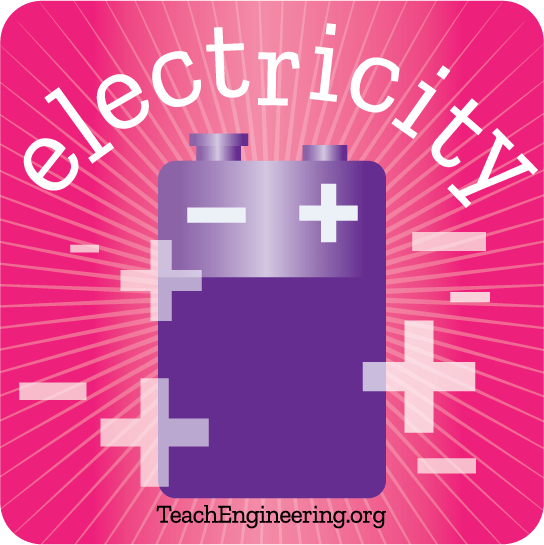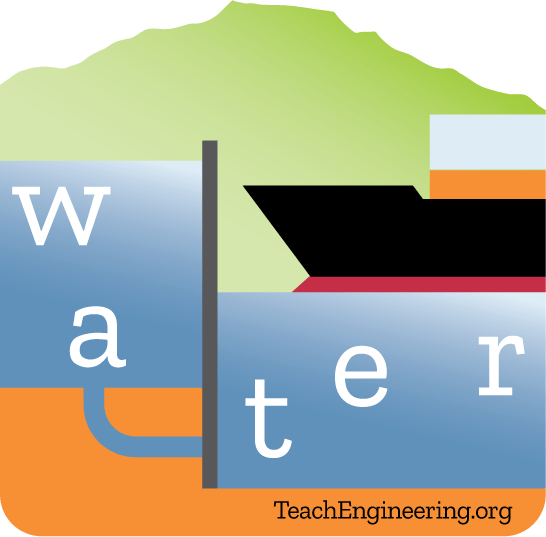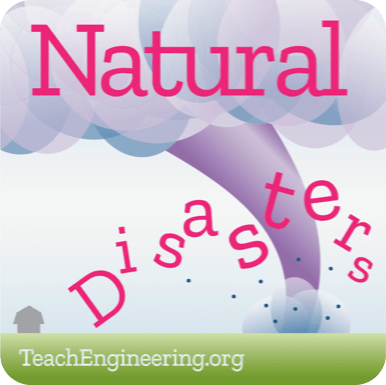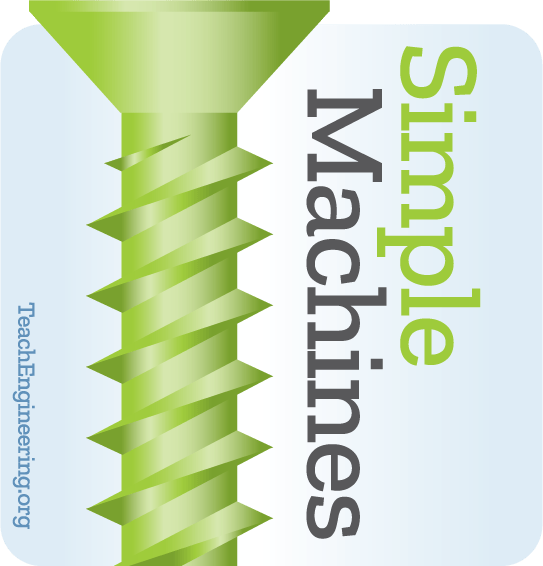Data Analysis and Probability
Engineers use data analysis and probability to make informed decisions, ensure quality control, predict possible issues, and provide a systematic approach to managing risks and uncertainties.
Data analysis and probability are fundamental concepts that play a pivotal role in the various fields of engineering.
Data analysis is the process of examining, cleaning, transforming, and interpreting data to extract meaningful insights and make informed decisions. It involves the use of statistical techniques, computational tools, and domain knowledge to uncover patterns, trends, and relationships within the data. Data analysis serves as the bridge between raw data and actionable information.
- Informed Decision Making: Engineers rely on data analysis to make informed decisions at every stage of a project. Whether it's designing a new product, optimizing a manufacturing process, or assessing the performance of a structure, data analysis provides the necessary evidence to choose the best course of action.
- Quality Control: Ensuring the quality and reliability of engineering products and processes is a priority to engineers. Data analysis helps identify defects, anomalies, and deviations from the original design. By analyzing data from quality control tests, engineers can maintain consistency and improve product quality.
- Predictive Maintenance: In fields such as mechanical and industrial engineering, predictive maintenance uses data analysis to monitor existing equipment performance and predict when maintenance is needed. This proactive approach reduces downtime, extends equipment lifespan, and saves costs.
What is probability? Probability is how we quantify uncertainty. It deals with the likelihood of events occurring in a given context. Calculating probability provides a systematic way to model uncertainty and make predictions.
- Risk Assessment: Engineering projects often involve inherent risks and uncertainties. Engineers are able to quantify these uncertainties and assess the likelihood of various outcomes by calculating the probability of different events happening. This information allows engineers to assess risk management and decision-making in their project.
- Reliability Analysis: Engineers use probability to evaluate how reliable the systems and components are. By modeling the probability of failure or malfunction, they can design more robust and dependable solutions.
- Maintaining Consistency: Probability helps engineers maintain consistency in their work, whether it's ensuring that manufactured products meet quality standards or keeping processes running smoothly.
In the ever-evolving field of engineering, the integration of data analysis and probability ensures that projects are not only successful, but also efficient, safe, and cost-effective. As technology continues to advance, the role of data analysis and probability in engineering will only become more significant, contributing to innovation and progress across various industries.
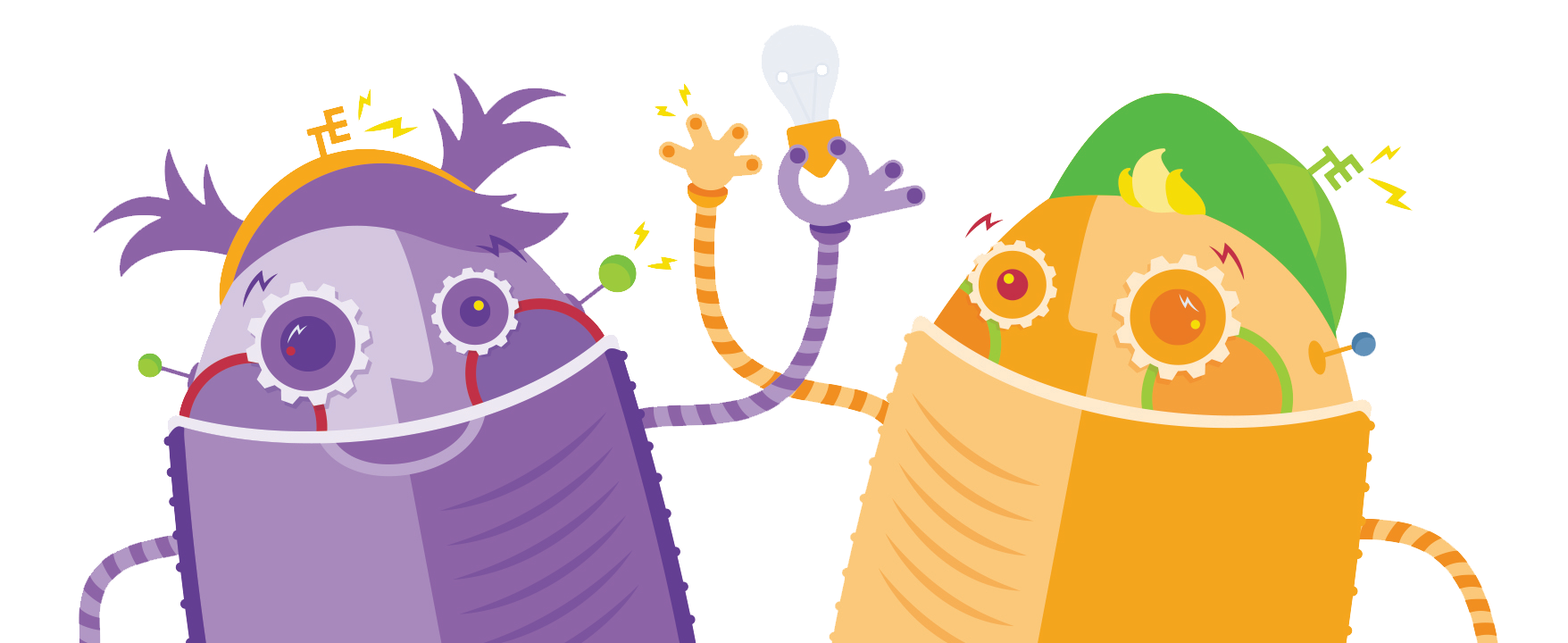

Data Analysis and Probability Curricula

Inspire your students' interest in seeing how engineers use data analysis and probability through the engaging hands-on, design-based resources from TeachEngineering featured here, by grade band, that exemplify K-12 data analysis and probability curriculum.
Grades K-2
- How High Can a Super Ball Bounce?How High Can a Super Ball Bounce?

Students determine the coefficient of restitution (or the elasticity) for super balls. Working in pairs, they drop balls from a meter height and determine how high they bounce. They measure, record and repeat the process to gather data to calculate average bounce heights and coefficients of elastici...
- Operation Airdrop: Designing a Solution to Protect CargoOperation Airdrop: Designing a Solution to Protect Cargo

Introduce students to engineering design through this unique scenario—an airdrop! In this activity, students design and build a mechanism that can airdrop food aid and supplies to a county (or country) that is cut off from access via land, due to a natural disaster. The small design teams must work ...
- Reading Hands-free Is the Way for Me!Reading Hands-free Is the Way for Me!
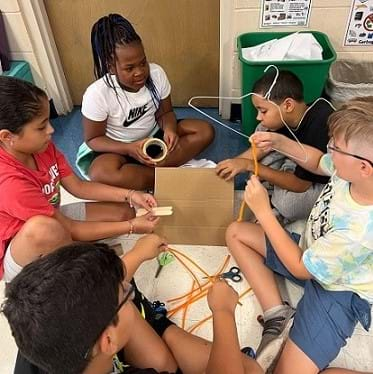
Students plan, design, and create a structure that holds a book and allows a person to read hands-free. Students then test their design and try to improve upon it by making the composition more stable so that it can hold more weight.
Grades 3-5
- Waterwheel Work: Energy Transformations and Rotational RatesWaterwheel Work: Energy Transformations and Rotational Rates

Students learn the history of the waterwheel and common uses for water turbines today. They explore kinetic energy by creating their own experimental waterwheel from a two-liter plastic bottle. They investigate the transformations of energy involved in turning the blades of a hydro-turbine into work...
- Electromagnetic Waves Are Everywhere!Electromagnetic Waves Are Everywhere!
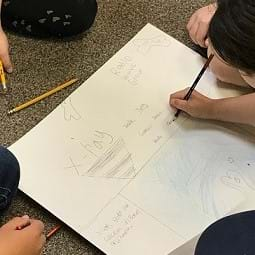
Students are introduced to the electromagnetic spectrum, learn about the devices that use electromagnetic waves, and become experts on one electromagnetic radiation device. This activity allows students to get an in-depth perspective on different devices and how they operate on the electromagnetic s...
- Falling WaterFalling Water

Students drop water from different heights to demonstrate the conversion of water's potential energy to kinetic energy. They see how varying the height from which water is dropped affects the splash size. They follow good experiment protocol, take measurements, calculate averages and graph results.
- How High Can a Super Ball Bounce?How High Can a Super Ball Bounce?

Students determine the coefficient of restitution (or the elasticity) for super balls. Working in pairs, they drop balls from a meter height and determine how high they bounce. They measure, record and repeat the process to gather data to calculate average bounce heights and coefficients of elastici...
- What Soundproofing Material Works Best? What Soundproofing Material Works Best?

Students use the engineering design process to design and create soundproof rooms that use only one type of material. They learn and explore about how these different materials react to sound by absorbing or reflecting sound and then test their theories using a box as a proxy for a soundproof room. ...
- See More
Grades 6-8
- DNA Profiling & CODIS: Who Robbed the Bank?DNA Profiling & CODIS: Who Robbed the Bank?

Students use DNA profiling to determine who robbed a bank. After they learn how the FBI's Combined DNA Index System (CODIS) is used to match crime scene DNA with tissue sample DNA, students use CODIS principles and sample DNA fragments to determine which of three suspects matches evidence obtain at ...
- Heredity Mix 'n MatchHeredity Mix 'n Match

Students randomly select jelly beans (or other candy) that represent genes for several human traits such as tongue-rolling ability and eye color. Then, working in pairs, students randomly choose new pairs of jelly beans from those corresponding to their own genotypes. The new pairs are placed on too...
- Yeast Cells Respire, Too (But Not Like Me and You)Yeast Cells Respire, Too (But Not Like Me and You)

Students set up a simple way to indirectly observe and quantify the amount of respiration occurring in yeast-molasses cultures. Each student adds a small amount of baking yeast to a test tube filled with diluted molasses.
- Humidity? Build a Psychrometer! Humidity? Build a Psychrometer!

Students make simple psychrometers to measure humidity using two thermometers, a moist cotton ball and string. They collect inside and outside humidity data, calculate relative humidity, and compare to commercial psychrometer measurements (if available). They complete a worksheet and analyze the dat...
- Mmm Cupcakes: What's Their Life Cycle Impact?Mmm Cupcakes: What's Their Life Cycle Impact?

Students learn about life-cycle assessment and how this engineering technique is used to determine the environmental impact of everyday products. With the class organized into six teams, students calculate data for each phase of a cupcake’s life cycle—wet ingredients, dry ingredients, baking materia...
- See More
Grades 9-12
- Understanding the Air through Data AnalysisUnderstanding the Air through Data Analysis

Students build on their existing air quality knowledge and a description of a data set to each develop a hypothesis around how and why air pollutants vary on a daily and seasonal basis.
- Periodic Table Intro: Parts of a WholePeriodic Table Intro: Parts of a Whole
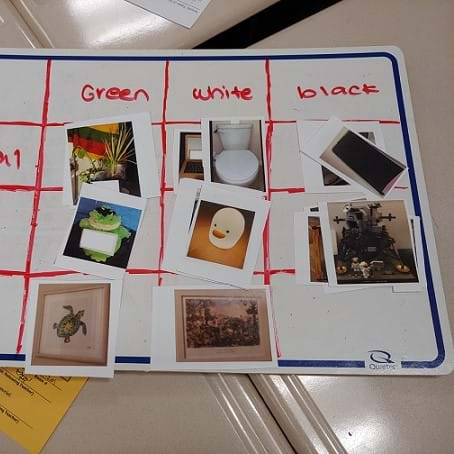
Students submit a picture of a unique “one-of-a-kind” item they own. They then create diagrams that sort these various items based on categories of their choosing. They discuss the process as a class, drawing upon similarities to the creation of the Periodic Table: identifying individual characteris...
- Yeast Cells Respire, Too (But Not Like Me and You)Yeast Cells Respire, Too (But Not Like Me and You)

Students set up a simple way to indirectly observe and quantify the amount of respiration occurring in yeast-molasses cultures. Each student adds a small amount of baking yeast to a test tube filled with diluted molasses.
- Fun with Air-Powered PneumaticsFun with Air-Powered Pneumatics

Working as engineering teams in this introductory pneumatics lab, students design and build working pneumatic (air-powered) systems. The goal is to create systems that launch balls into the air. They record and analyze data from their launches.
- Using Hooke's Law to Understand MaterialsUsing Hooke's Law to Understand Materials

Students explore the response of springs to forces as a way to begin to understand elastic solid behavior. They gain experience in data collection, spring constant calculation, and comparison and interpretation of graphs and material properties to elucidate material behavior.
- See More







